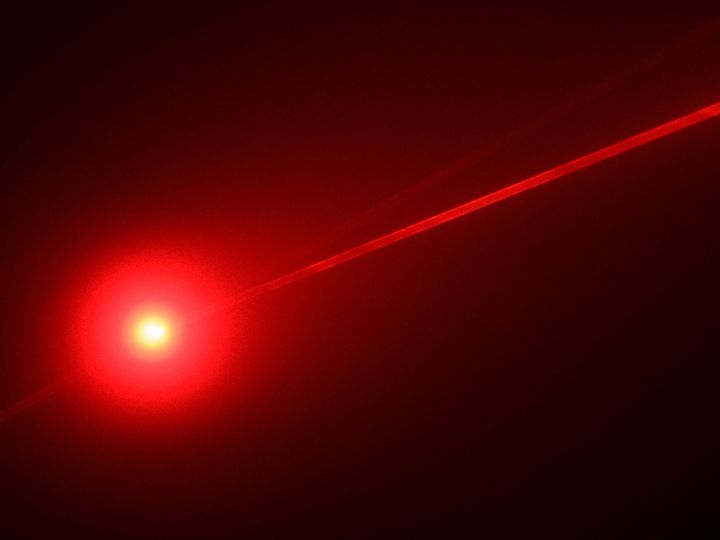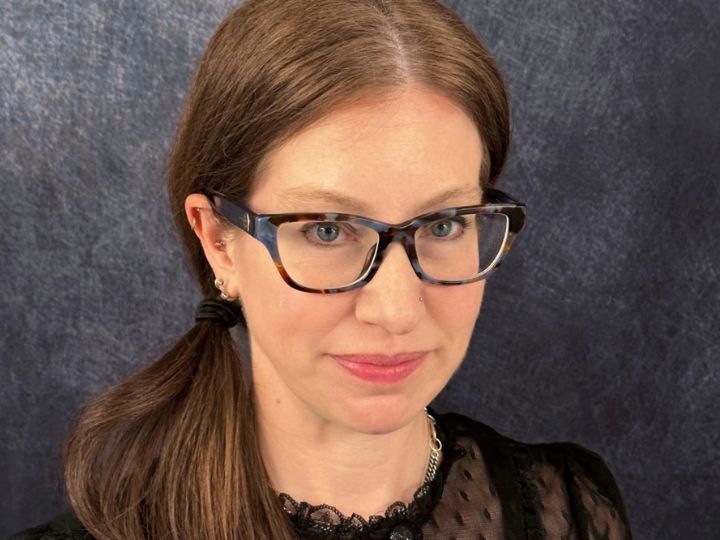A pair of University of Houston optometry researchers is warning against the use of low-level red light (LLRL) therapy as a method to control myopia, or nearsightedness, especially in children. Over the last few years, LLRL has emerged as a viable myopia treatment after studies reported the treatment as effective and responsible for significant reduction in myopia progression. The company behind one of the devices reports that it is already being used to address myopia in over 100,000 pediatric patients.

But the excitement over its results as a myopia treatment may have come too soon, ahead of its proven safety.
"Based on measurements in our laboratory, it is recommended that clinicians strongly reconsider the use of LLRL therapy for myopia in children until safety standards can be confirmed,” report Lisa Ostrin, associate professor at the UH College of Optometry and co-author Alexander Schill, UH senior research scientist in the Journal of the College of Optometrists.
Ostrin and Schill reports the therapy can put the retina at risk of photochemical and thermal damage. “The safety profiles of red-light laser devices for myopia have not been fully investigated,” she said.
For LLRL therapy, children are instructed to look into a red light-emitting instrument for three minutes, twice a day, five days a week, for the duration of the treatment period, which could last years.
“We found that the red-light instruments for myopia exceed safety limits,” said Ostrin, whose research characterizes the laser output and determines the thermal and photochemical maximum permissible exposure (MPE) of LLRL devices. “For both LLRL devices evaluated here, three minutes of continuous viewing approached or surpassed the luminance dose MPE, putting the retina at risk of photochemical damage.”

Ostrin and Schill examined two different LLRL devices, and while both instruments were confirmed to be Class-1 laser products, as defined by International Electrotechnical Commission standards, according to Ostrin and Schill they are unsafe to view continuously for the required treatment duration of three minutes.
Class-1 lasers are low-powered devices that are considered safe from all potential hazards when viewed accidentally and briefly. Examples of Class-1 lasers are laser printers, CD players and digital video disc (DVD) devices. Class-1 lasers are not meant to be viewed directly for extended periods.
“Thermal ocular injury from a laser can occur with exposures at any wavelength when the temperature change of the retina is greater than 10°C, resulting in the denaturation of proteins. With thermal damage, the lesion size is typically less than the size of the beam diameter, and the resultant scotomas are permanent.” said Ostrin.
Ostrin's work was funded by the National Eye Institute.